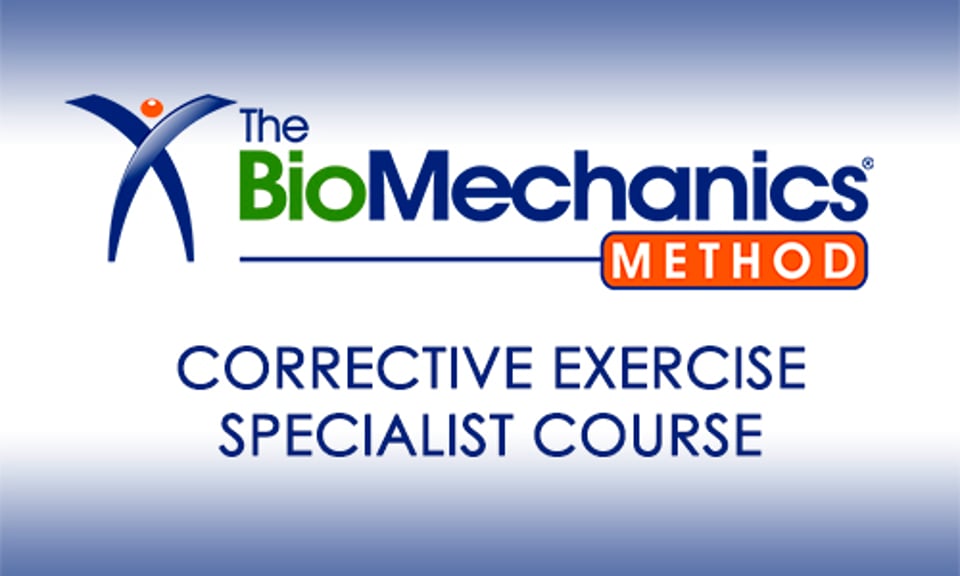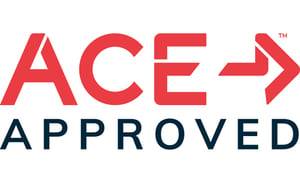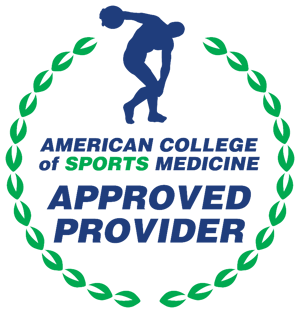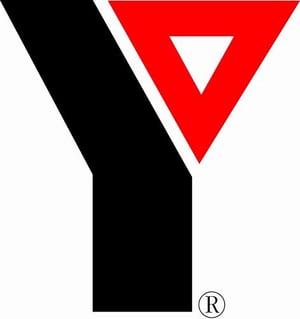The BioMechanics Method Corrective Exercise Specialist Course

Description
The BioMechanics Method® is the world’s premier step-by-step corrective exercise education program designed to teach health and fitness professionals how to effectively work with people who experience muscle and joint pain. Upon successful completion of this course, you will receive your CES credential and be recognized worldwide as a Specialist in The BioMechanics Method.
The BioMechanics Method Corrective Exercise Specialist (TBMM-CES) course is designed to provide you with an understanding of how to create and implement successful corrective exercise programs. It provides step-by-step instruction and guidance regarding structural assessment, functional anatomy, corrective exercise selection, and corrective exercise program design.
The information in this course is delivered through a combination of audio-visual components, reading comprehension, skills practice tests, and practical activities. In order to make the most of this learning opportunity, please complete the course components in the order they appear in the course outline.
The multiple choice exams include unlimited test retakes, if needed.
PLEASE NOTE: The digital manuals included with this online course are NOT printable.
Available Course Credits
 |
ACE | 8.00 | |
 |
ACSM | 80.00 | |
 |
CSEP | 15.00 | |
 |
Fitness Australia | 29.00 | |
 |
IFPA | 6.00 | |
 |
PTAG | 80.00 | |
 |
REPs UAE | 40.00 | |
 |
YMCA | 80.00 |
Learning Objectives
By the end of this corrective exercise specialty certificate course you will be able to:
1. Employ a step-by-step process for conducting fundamental structural assessments that can be used with any client to identify structural deviations that may cause or contribute to chronic pain and/or injuries.
2. Understand the root cause of a client’s pain and/or dysfunction by determining which muscles and soft tissue structures have been affected by structural deviations and movement dysfunction.
3. Describe and explain the differences between three major types of corrective exercises: self-myofascial release, stretching, and strengthening and identify how and when to utilize, progress, and regress each of the three corrective exercise types when working with clients in chronic pain.
4. Design corrective exercise programs that ensure maximum client participation and adherence by knowing what to do and not to do at each stage of the program design process to help clients reach their goals as effectively and efficiently as possible.
5. Provide evidence of your understanding of structural assessment, functional anatomy, and corrective exercise program design through the successful completion of a series comprehensive multiple choice exams.
Course Procedure
- Enroll in the course.
- View the course content.
- Take the test. (You must score 70% to pass. If you do not pass, you may retake the test.)
- Print your certificate of completion.
Course Content
| The BioMechanics Method Corrective Exercise Specialist Course The BioMechanics Method TBMM-CES Specialty Certification Program | Section |